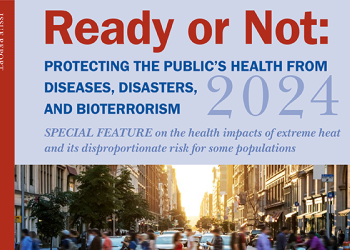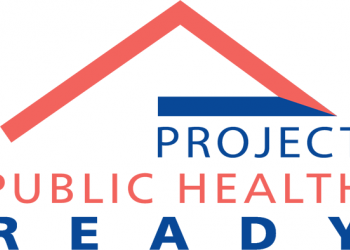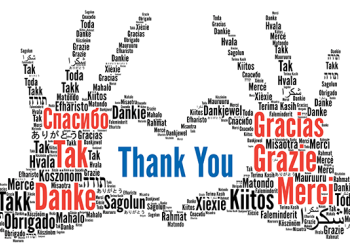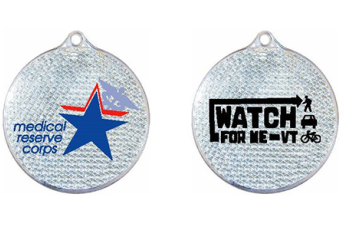Submitted By
Robert Cohen
Maine Township Regional Medical Reserve Corps, Illinois
November 12, 2013
In 2005, in the aftermath of Katrina, the unprecedented extent of the destruction made response efforts even more difficult. This story describes what was then a unique pairing of Emergency Management and Public Health utilizing the Incident Command System to conduct a more effective and coordinated public health response.
Following Katrina in 2005, the destruction that first responders witnessed was unimaginable. Even as an experienced responder who has seen many kinds of disasters, nothing even remotely compared to this. Whole towns were devastated by wind, water and mud. Roads no longer existed, utilities were down, and radio was the only available form of communication outside the news media until partial phone serve was restored days later. While in many respects, these visions helped in keeping us focused, resources were spread far and thin. Many areas, including public health, were at the time unprepared for the depth and expanse of the services that would be needed. Cooperation between groups deteriorated and situation became tense rapidly. Through the Emergency Management Assistance Compact (EMAC), I was deployed with a team of individuals to assist the Mississippi State Department of Health (MSDH) with their response efforts. Staff and volunteers at the health department were hard at work, but better coordination was needed. No one knew what anyone else was doing. To our knowledge, this was the first time that an EMAC had been used to assist a non-emergency management type of organization in this way.
To bring some order to the chaos that had ensued in the early days following Katrina, we established an Incident Management Team. The purpose of the Incident Management Team was to establish a clear chain of command for MSDH operations using the National Incident Management System (NIMS). Our first order of business was to bring the staff and volunteers up to speed on NIMS, including the principles of Incident Command and Unified Command. Many had never received that training, and many had never even heard of it. Next, we helped the MSDH to set up its own command structure. We were designed the Coastal Region ESF-8 Unified Command. The members of our EMAC team were given key positions of Operations, Planning, Safety/Security, Logistics and Communications. Key members of the MSDH staff were assigned to the same positions, based on their particular skills and knowledge. The job of each of our team members was to help their assigned health department staff member to learn and grow into the position they were assigned to fulfill.
Our efforts resulted in a more cohesive response team for public health. Once our unified command structure was in place, the health department was able to assign people to tasks, monitor their work, and develop and utilize resources as needed. We were better able to coordinate key public health response activities, including staffing shelters, checking and approving water supplies and waste treatment, distributing SNS pharmaceuticals, assisting with mortuary services, working with others to secure and apply environmental controls for insects. The use of unified command also resulted in more structured and frequent communication that allowed staff to quickly identify problems and come up with rapid solutions. This was very apparent when it came to environmental inspections and working with water resources in order to get business, food stores, and restaurants back up and running. The crowning achievement in the process was how well those from public health and medical backgrounds adapted to the ICS system under the tutelage of our EMAC team members. Within a relatively short period of time, they were able to function on their own within the incident command system while utilizing us as advisors.
Our experience in Mississippi demonstrates how the incident command system, when set up quickly and used properly, has tremendous value in post-disaster operations. By being able to smartly expand or decrease in size while maintaining functionality, it keeps large groups of people focused on their specific areas of responsibility and ensures that no one person is overtaxed. This flexibility is essential in a large disaster such as Katrina. We also learned about the difficulties of planning an effective response for such a large and destructive event. Planning rarely accounts for huge, complex emergencies in which public safety, public works, and infrastructure cease to exist or be functional. We have often said that following a major disaster, we could wait up to three days for help from state and federal partners, but we should really plan to be on our own for greater length of time. In particular, we must plan for staffing and communication needs and establish mutual aid resources at much greater distances for cases when our neighbors are also affected. How we react in the immediate aftermath of a major disaster can make the difference between a community that recovers and one that suffers lasting damage.








